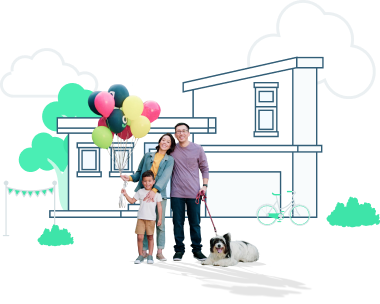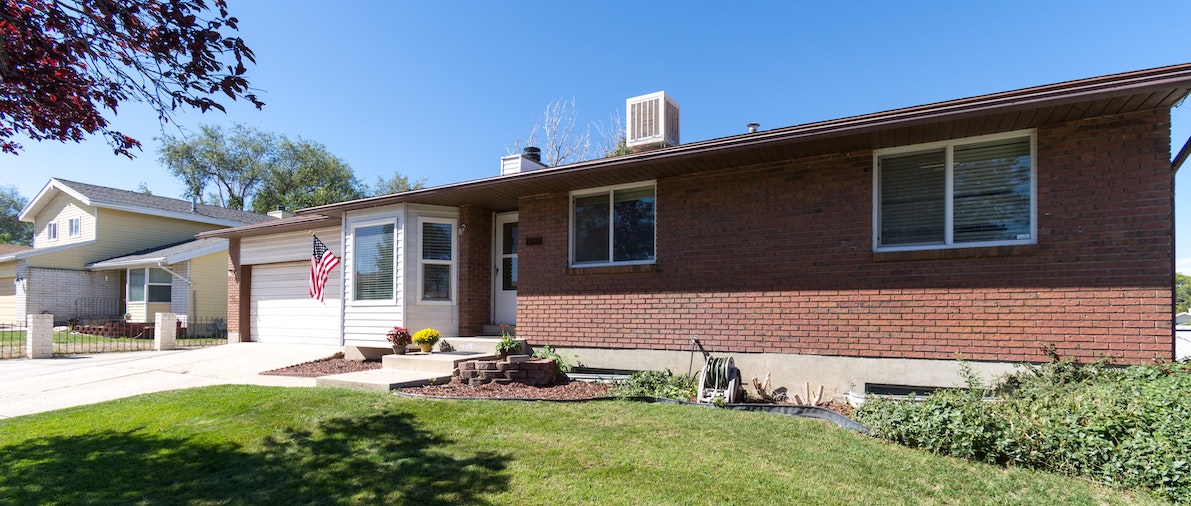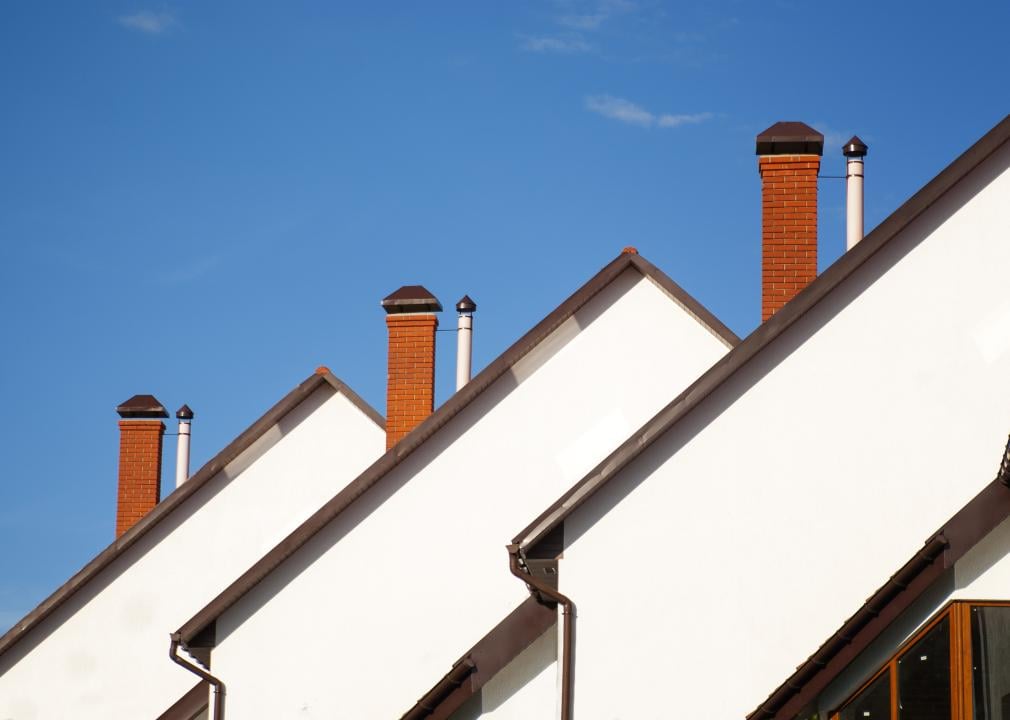Real Estate Investing
How To Do An Accurate Rental Property Cash Flow Analysis
Last Updated Jan 11, 2023
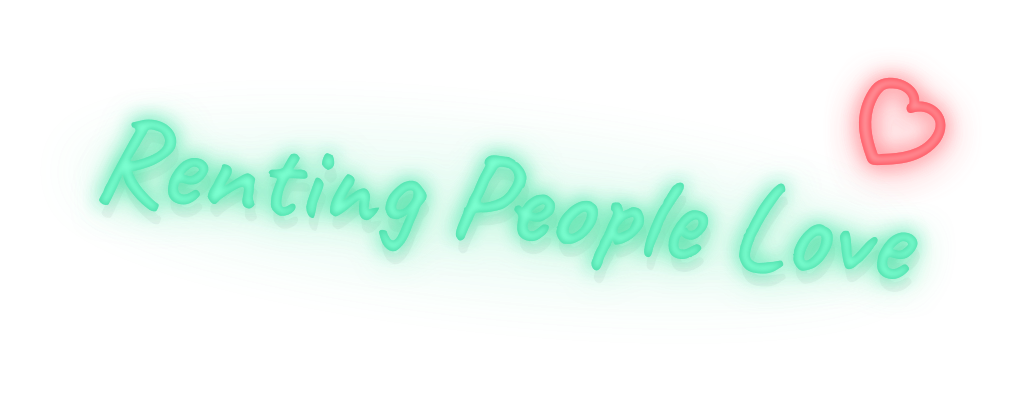
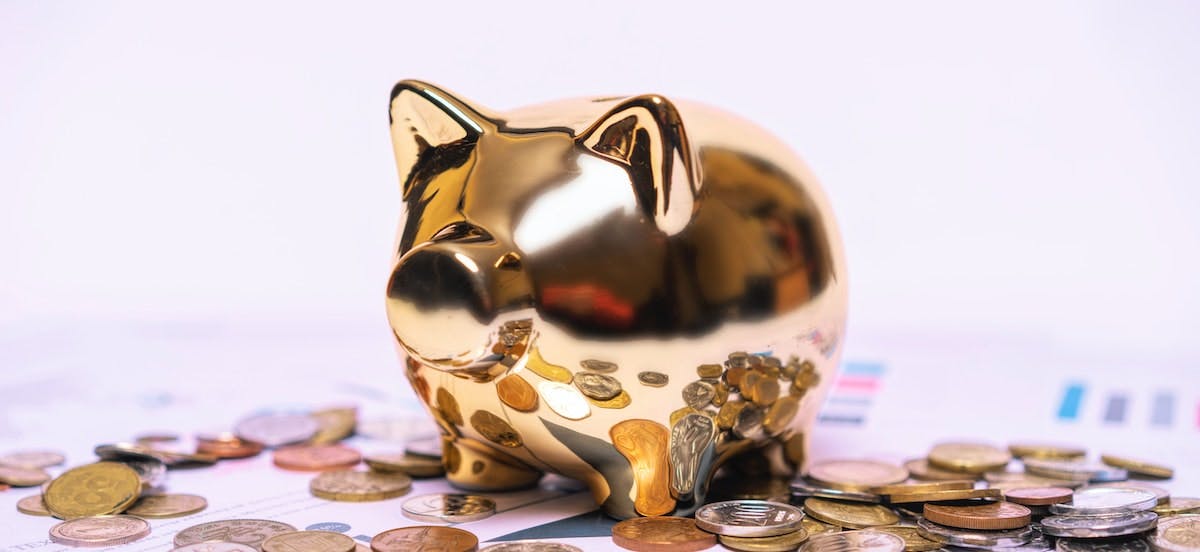
Calculating cash flow on a rental property isn’t quite as simple as the amount you earn in rental income. Nor is it as straightforward as rental income, less your mortgage repayments. To do an accurate rental property cash flow analysis, you’re going to need a spreadsheet and the following information.
What is positive cash flow on a rental property?
When your rental home makes more money than it costs to run, you have positive cash flow. This can also be referred to as passive income — money that comes from an investment rather than you actively working for it, as you would in regular employment. When you have low mortgage repayments (from low interest rates or high equity in the home) on a home that is in good repair, it’s easier to maintain positive cash flow.
Keeping your cash flow as high as possible is the goal for most homeowners with 1-2 rental properties, contributing towards financial stability and ensuring there are enough funds to cover any unexpected expenses that may arise.
What is negative cash flow on a rental property?
Negative cash flow on a rental property means that the home doesn’t produce enough cash to cover the cost of the asset. While the name makes it sound, well, negative — this can sometimes be a strategic move.
Known as ‘negative gearing’, some real estate investors will take on a property knowing that the rental income won’t cover costs of expenses in the short term. This is because the asset will appreciate and may produce more money in the long term. Negative gearing can also reduce tax liability, with losses claimed against other sources of income.
This is a riskier strategy than positive cash flow, as it requires investing more of your own money for the larger payout in the end. There are also capital gains considerations on the profits if you sell the property without reinvesting the money into another similar home.
How do I calculate my rental home’s cash flow?
To determine if your home is achieving positive or negative cash flow, you need to do an accurate rental property cash flow analysis. This involves calculating the net operating income of the property, less any debt service. To work out these formulas accurately, here is the breakdown of income and costs to account for.
1. Determine the total gross income of your rental property
First, comes the easy part. Take a look at all sources of income relevant to your rental home and determine your gross cash flow on the property.
This should be pretty straightforward — your rental income. If you self-manage the home and charge for any extras such as furniture rental, storage or services, include this too.
For example, if you charge $2,000 per month for rent, your gross income for the year would be $24,000. If it’s $3,000, it would be $36,000 per annum.
There’s also the matter of vacancies. When your home is on a lease agreement, you will have rental income, but when it’s empty, this will reduce your gross income. So if your home is vacant for a month, your rental income will reduce.
To recap, the final formula is: rental income + additional income – vacancy rate = gross rental income.
2. Determine your home’s gross operating expenses
Homes don’t run themselves. You may have management services in place (such as Belong or a property management company) and there’s also the cost of maintenance, insurance and taxes on the home. If you are self-managing the property, you will need to factor the DIY costs such as marketing, photography, legal fees for lease agreements, traveling for inspections and tours and so forth.
Most homeowners and investors also put money aside regularly for capital expenditures, that is, improvements made to the home that increase the value or avoid major repair expenses such as adding a new deck or replacing the HVAC. These expenses do not qualify for immediate tax deductions, but you can offset the depreciation against capital gains.
Common expenses to account for include:
- Property management fees (usually around 6 - 10%) or DIY marketing and management costs
- Lease renewal or reletting fees (if charged)
- Maintenance costs
- Regular services such as lawn care or snow removal
- Savings for capital expenditures or improvements
- Landlord’s insurance and/or mortgage insurance
- Property taxes
- Local services and utilities such as garbage collection or water and sewage
- HOA fees
- Accountant fees or management software
A final tally of these expenses will be your gross operating expenses.
3. Calculate how much you earn after expenses
How much you earn on a rental after expenses is known as ‘net operating income’ or NOI. This involves taking your figure from step one (gross rental income) and subtracting your figures from step two (gross operating expenses).
If for example, your gross rental income is $36,000 and your gross operating expenses are $4,000, your net operating income = $32,000 per annum.
To recap, the formula is gross rental income - gross operating expenses = net operating income (NOI).
If you own your property outright, such as inheriting a property, this figure will determine your cash flow. If you have any debts to service, such as a mortgage or home equity loan, you will have one final step to complete your rental property cash flow analysis, outlined below.
4. Account for any debts or financial liabilities
The final step in your rental property cash flow analysis is the amount of debt you need to repay against the home. This could be your mortgage repayments for the year or home equity loan repayments.
For this example, let’s continue the same figures used above (NOI of $32,000) and assume the mortgage repayments are $1,500 a month on a fixed interest rate. There are 12 months in the year, so your annual repayments would be $18,000.
$32,000 (NOI) - $18,000 (debt service) = $14,000. This would make $14,000 your annual positive cash flow, or $1,166.66 in monthly cash flow.
If you had a variable mortgage repayment and interest rates rise, you would need to adjust the cost to determine your monthly cash flow. For example, if your mortgage repayment went up to $1,696 per month, your annual debt would rise to $20,352. This would make your annual positive cash flow $11,648 or $970.66 per month.
How to increase your cash flow on a rental property
Now that you have done the math, how do you increase your cash flow? This is a simple matter of either increasing your rental income and/or decreasing your operating expenses and debt. This will alter the final figure or cash flow on your rental home.
Increasing the rent is one way, but if you price your home too high or have too many increases, you could find yourself with a higher vacancy rate and diminishing profits.
An alternative is to reduce your operating expenses and vacancies, by switching to a better alternative to self-managing or property management.
Belong homeowners enjoy access to our data-driven pricing analysis, and have a team of professionals to help them price their home for maximum profit, with minimal vacancies. Belong homes find the perfect residents within 19 days, on average. That’s 66% faster than average!
Belong supports your rental cash flow by providing reliable, guaranteed rent every month (regardless of when your resident pays). Homeowners are also approved for innovative finance options such as Split It, which allows you to spread costs (such as unexpected maintenance or even a full kitchen renovation!) over the term of your residents’ lease agreement, keeping your monthly cash flow positive.
And with first class marketing (without the hidden fees), 24/7 support for both you and your residents, and never-before-seen incentives that keep renters happier for longer, Belong homeowners don’t stress about vacancies.
To see how Belong could impact your cash flow, do your own back-of-the-napkin math with our calculator below, or find out if your home is located in our network.

About the author
Melanie Kershaw
Mel Kershaw is a Content Lead at Belong. With an extensive background working with technology companies including Eventbrite and Yelp, she’s always looking for ways to create educational and informative articles that simplifies tech and solves problems for her audience.


